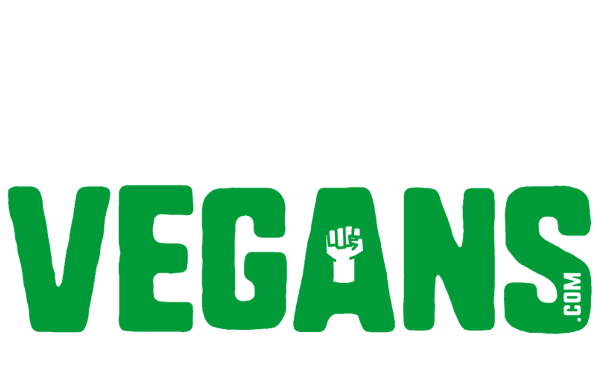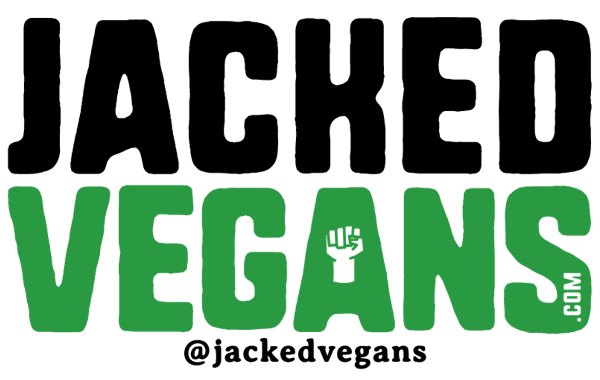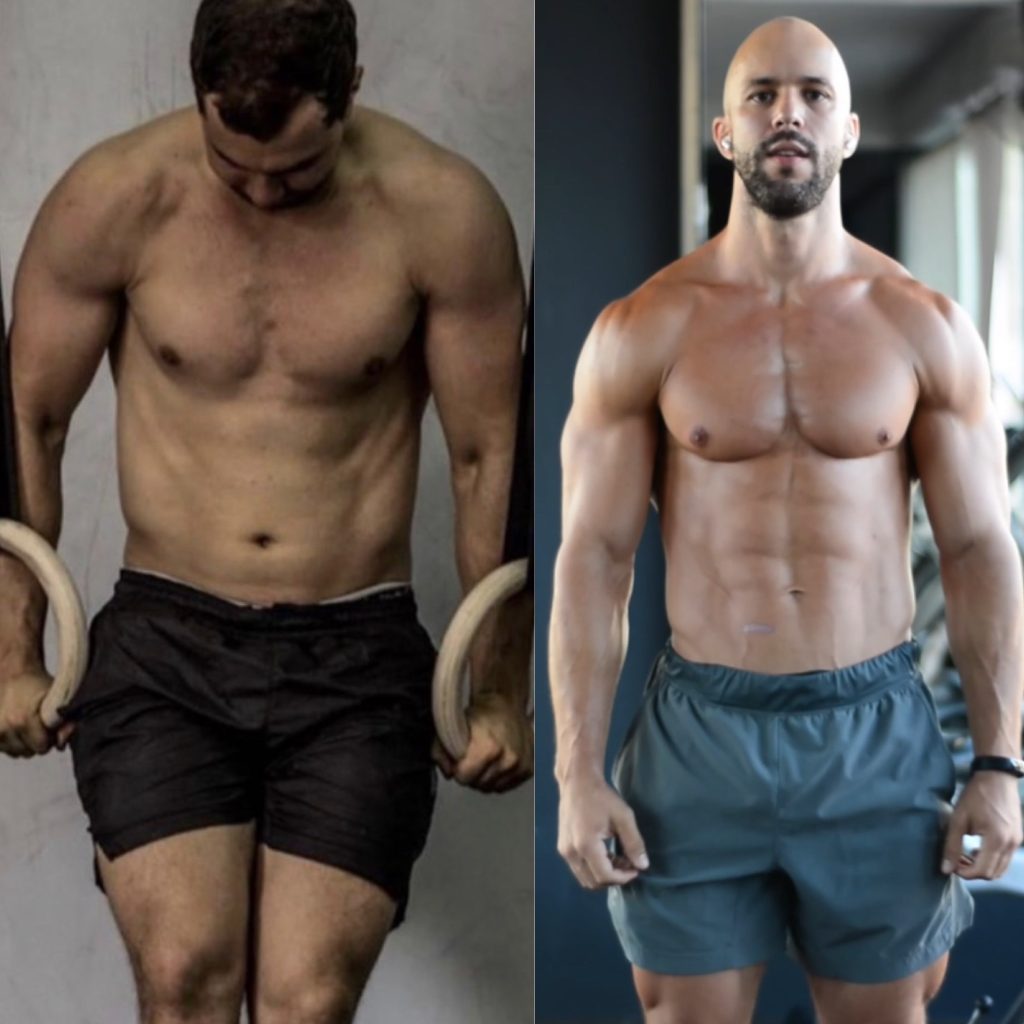So you want the best gym workout plan for beginners?
You can find way too many workout programs online, and most are way too complicated for a beginner or include a TON of unnecessary exercises.
In this guide, you’ll find a reliable training plan that you can execute for months upon months (or even years, depending on your progress). You’ll know exactly how to start working out at the gym and achieve the body you desire.
How Many Times a Week Should a Beginner Go to the Gym?
A good workout routine for beginners should be simple. You shouldn’t need more than four sessions per week with well-executed exercises to get incredible results.
This initial training phase is your “foundation.” You need a solid foundation before you can implement more complex workout programs.
During this foundational training phase, you focus on getting stronger and learning proper technique across your most important lifts.
A Quick Overview of the Beginner’s Weekly Workout Plan
We will dive deeper into the beginner’s workout plan and all the fundamentals in a minute. But first, let’s have a quick overview to get an idea of what to do each gym day. This way, you won’t have to scroll down when you’re actually in the gym and need this reference.
You’ll train four days per week and alternate between lower and upper body training:
Day 1: Lower Body (Legs & Glutes)
Barbell Back Squat , 3 sets x 5-8 reps
Deadlift, 3 sets x 5-8 reps
Lunges, 3 sets x 8-10 reps
Calves 3 sets x 8-10 reps
NO REST
Day 2: Upper Body (Chest, Arms and Back)
Barbell Bench Press, 3 sets x 5-8 reps
Cable Row, 3 sets x 5-8 reps
Incline Bench Press, 2 sets x 8-10 reps
Normal Grip Pulldown, 2 sets x 8-10 reps
Cable Chest Fly, 2 sets x 15-20 reps
ONE DAY REST
Day 3: Lower Body (Legs & Glutes)
Stiff Legged Deadlift, 3 sets x 5-8 reps
Leg Press, 3 sets x 5-8 reps
Leg Extension, 3 sets x 12-15 reps
Seated Leg Curl, 3 sets x 12-15 reps
Seated Calf, 4 sets x 15-20 reps
NO REST
Day 4: Upper (Chest, Arms and Back)
Barbell Bench Press, 3 sets x 10-12 reps
Barbell Row, 3 sets x 10-12 reps
Incline Bench Press, 2 sets x 12-15 reps
Underhand Pulldown, 2 sets x 12-15 reps
Triceps Pushdown, 2 sets x 12-15 reps
Barbell Curl, 2 sets x 12-15 reps
TWO DAYS REST
This is a muscle building workout plan for beginners, and you can run it for as long as you make progress with your lifts.
Once progress stalls, and you can’t add more weight to the exercise, then that’s an indicator that a deload might be necessary.
Below we’ll explain how to measure progress, and what it means to deload.
Gym Workout Terms Explained
Before we dive deeper into these exercises, you may feel confused with some of the terms we used in our overview. That’s okay, you’re new to this.
Below you can find a list of common terms you should understand before continuing with this guide:
- Reps: the number of repetitions you do in one set. For example: 10 reps in one set.
- Sets: the number of times you perform a cluster of reps of a specific exercise For example: “4 sets of 10 reps” means you do 10 reps four times..
- Barbell: a long metal bar to which you attach disks. Requires both hands to lift.
- Dumbbell: a small metal bar with weight attached to its ends. Requires one hand to lift.
- Deload: a week where training intensity and volume is significantly decreased. The purpose of deload is to lower fatigue and increase recovery.
- Compound exercises: exercises that use multiple muscle groups and multiple joints. For example: squats use the knee joint, hips, and ankles.
- Isolation exercises: exercises that only work one muscle group at a time, and they work across one joint.
- Progress: being able to make weight/rep increments each week in your exercises.
Beginner Weight Training Fundamentals
Next, let’s cover a few of the fundamentals of weight training for beginners, so that you avoid common mistakes and actually achieve the results you desire.
1. Proper Technique Is Crucial
With weight training, performing each exercise with proper technique is key to getting results and avoiding injuries.
In your foundation phase, your main focus should be on perfecting your technique. If you can’t do the exercise with proper form, reduce the weight until you can. Adding more weight won’t help you if you can’t do the exercise properly, as you won’t stimulate the right muscles.
2. Nutrition Matters (a LOT)
I’m not going to get into all the details of how to build a nutrition plan, but make sure you eat sufficient calories and sufficient protein to hit your goals. Protein is key since your body needs it to build muscles. Use our diet generator to figure out how much protein you need.
3: Consistency Is Key to Weight Training Success
Don’t jump from program to program. Commit to this program, and do it consistently.
If you’re consistent, it will work.
4: Patience Is Indeed a Virtue
You can achieve great gains as a beginner, but don’t expect to walk out the gym in one month looking like the Terminator. Be patient, and remember that building a muscular body takes time.
Don’t quit after a week because you haven’t seen progress. Just because you can’t see it doesn’t mean it’s not there.
5: Be Smart and Get Yourself a Coach
Getting a professional coach is the quickest and easiest way to get results from weight lifting. They will ensure that you use proper technique while lifting weights, which also makes it the safest way to go. (I can’t tell you how often I see enthusiastic beginners hit the gym and use piss-poor form to lift, potentially injuring themselves in the process.)
Use This Basic Gym Workout Plan for Beginners
To succeed with this program, start each exercise with a weight that challenges you for the prescribed number of reps. That means a weight heavy enough to make the exercise slightly difficult, but light enough that you can maintain perfect technique for every single rep.
NOTE: You should start with a lighter weight. You will increase the weight on a weekly basis.
Day 1: Lower Body (Legs & Glutes)
Exercise 1: Barbell Back Squat
Exercise 2: Deadlift
Exercise 3: Lunges
Exercise 4: Calf raises
Day 2:Upper Body (Chest, Arms and Back)
Exercise 1: Barbell Bench Press
Exercise 2: Cable Row
Exercise 3: Incline Bench Press
Exercise 4: Normal Grip Pulldown
Exercise 5: Cable Chest Fly
** You can use either of the variations two shown in the video.
Day 3: Lower Body (Legs & Glutes)
Exercise 1: Stiff Legged Deadlift
Exercise 2: Leg Press
Exercise 3: Leg Extension
Exercise 4: Seated Leg Curl
Exercise 5: Seated Calf
Day 4 – Upper Body (Chest, Arms and Back)
Exercise 1: Barbell Bench Press
Same as day 2.
Exercise 2: Barbell Row
Exercise 3: Underhand Pulldown
Exercise 4: Triceps Pushdown
Exercise 5: Barbell Curl
How to Progress Your Beginner’s Weight Lifting Routine
Every single week your goal will be to add a bit more weight and get stronger.
Make small weekly weight increments on the compound moves, around 5-10 lbs per week. Continue doing this until you can’t make any more progress. For isolation exercises, increase weights every two weeks. Your main focus is to increase reps every week.
If you’re not able to complete the prescribed sets, reps, and weight for two sessions straight, that indicates it’s time to deload.
As a beginner, it should take between 5-10 weeks of consistent progress before you need a deload. Once your progress stalls, deloading will allow you to keep on making progress.
How to deload as a beginner?
Reduce your loads by 10% for one week and ONLY hit the prescribed reps. This reduces fatigue, and gets you back to progressing in no time.
What About Cardio?
When it comes to cardio, you needn’t overdo it.
You should only do enough cardio to stay healthy and maintain good physical condition.
Add two to three 15-20 min sessions per week at 120-140 bpm (beats per minute), this will ensure that you challenge your cardiovascular system and will keep you healthy.
On top of the two cardio sessions, your aim will be to hit 5,000-10,000 steps per day.
That’s it!
Bonus Gym Workout Tips for inners
- Skip the Alcohol: Alcohol decreases muscle protein synthesis – which means it hamstrings your body from building new muscle. Alcohol also disrupts sleep quality, which inhibits recovery and muscle growth. Alcohol reduces the production of growth hormone, which plays a super crucial role in building new muscle. The more you drink, the more you will suppress growth hormone release.
- Apply a high-protein diet: Around .8-1.2 grams per pound of lean body mass will help you build muscle on a massing phase, and will help prevent muscle loss on a fat loss phase. High protein diets are superior for muscle building, strength, and fat loss.
- Use supplements: Vegans are more likely to be deficient in Iron, Zinc, Vitamin B12, and calcium. Add these supplements to your diet. All the required supplements will be in your diet plan.
And if you want to increase performance, adding creatine monohydrate will be helpful. Keep in mind, creatine causes intramuscular water retention – it pulls water into your muscles – and can cause up to 3% weight gain, which will come off once you stop taking it. - Be patient and be consistent: Results will come with consistency, so make sure you get stronger week over week and execute everything with perfect technique.
Jacked Vegans is looking for Vegans to transform, if you’re interested in shredding fat, building muscle, getting fit, and you want to become one of our success stories, then click here and book your FREE consultation.





